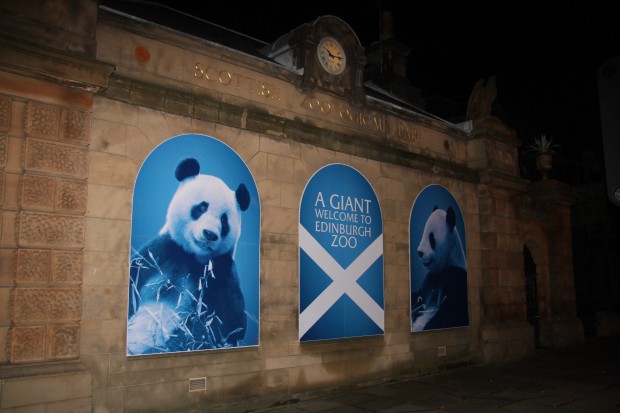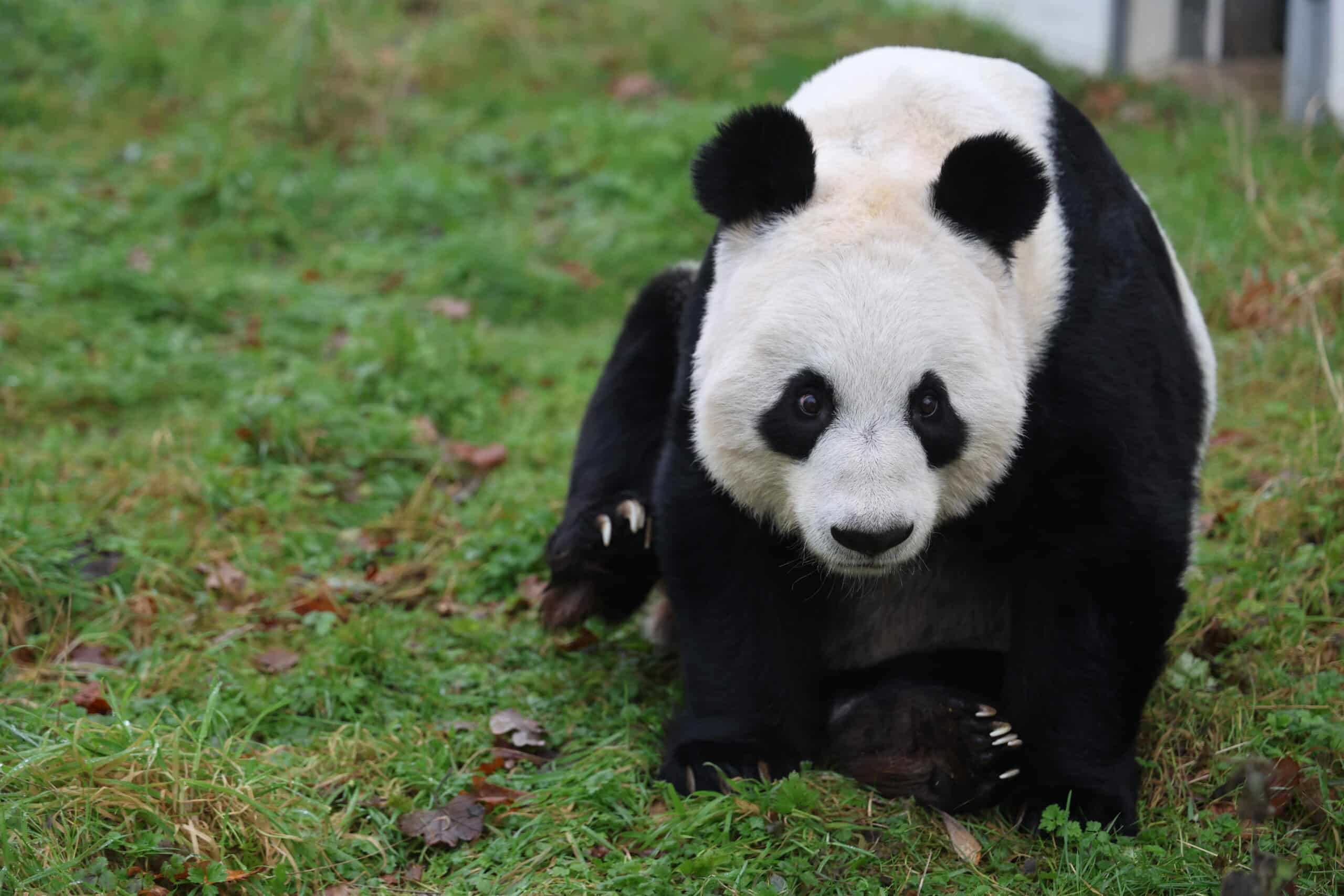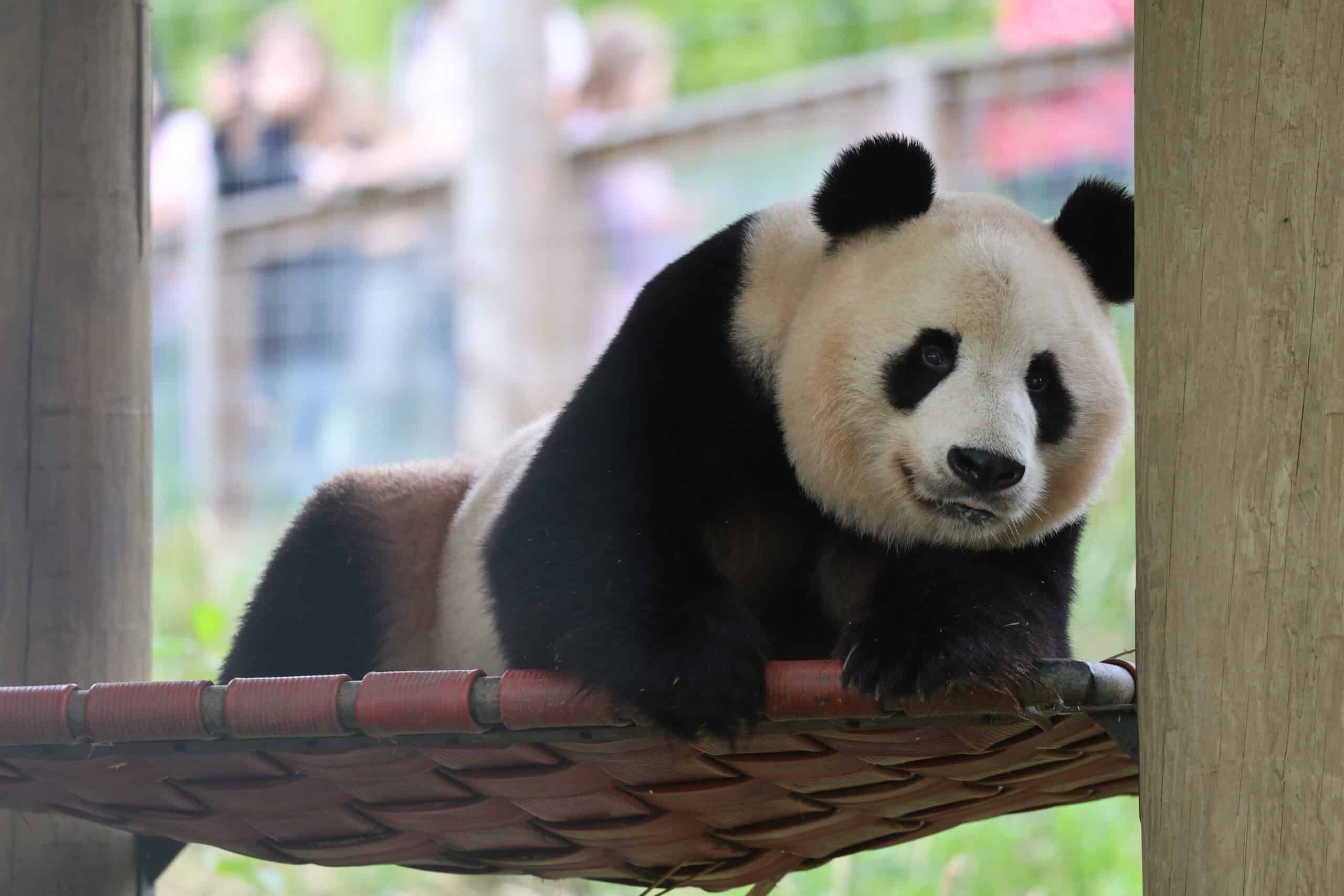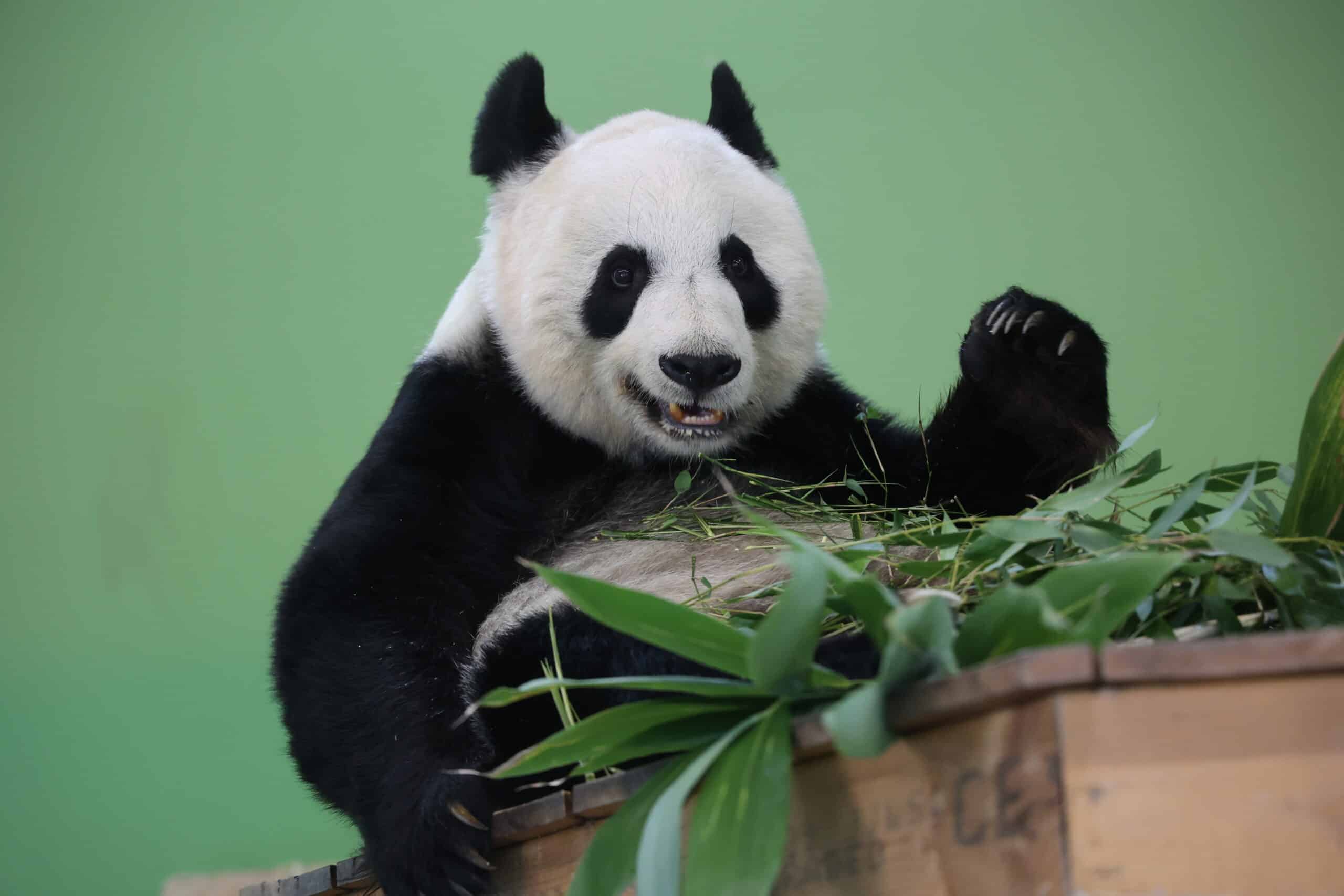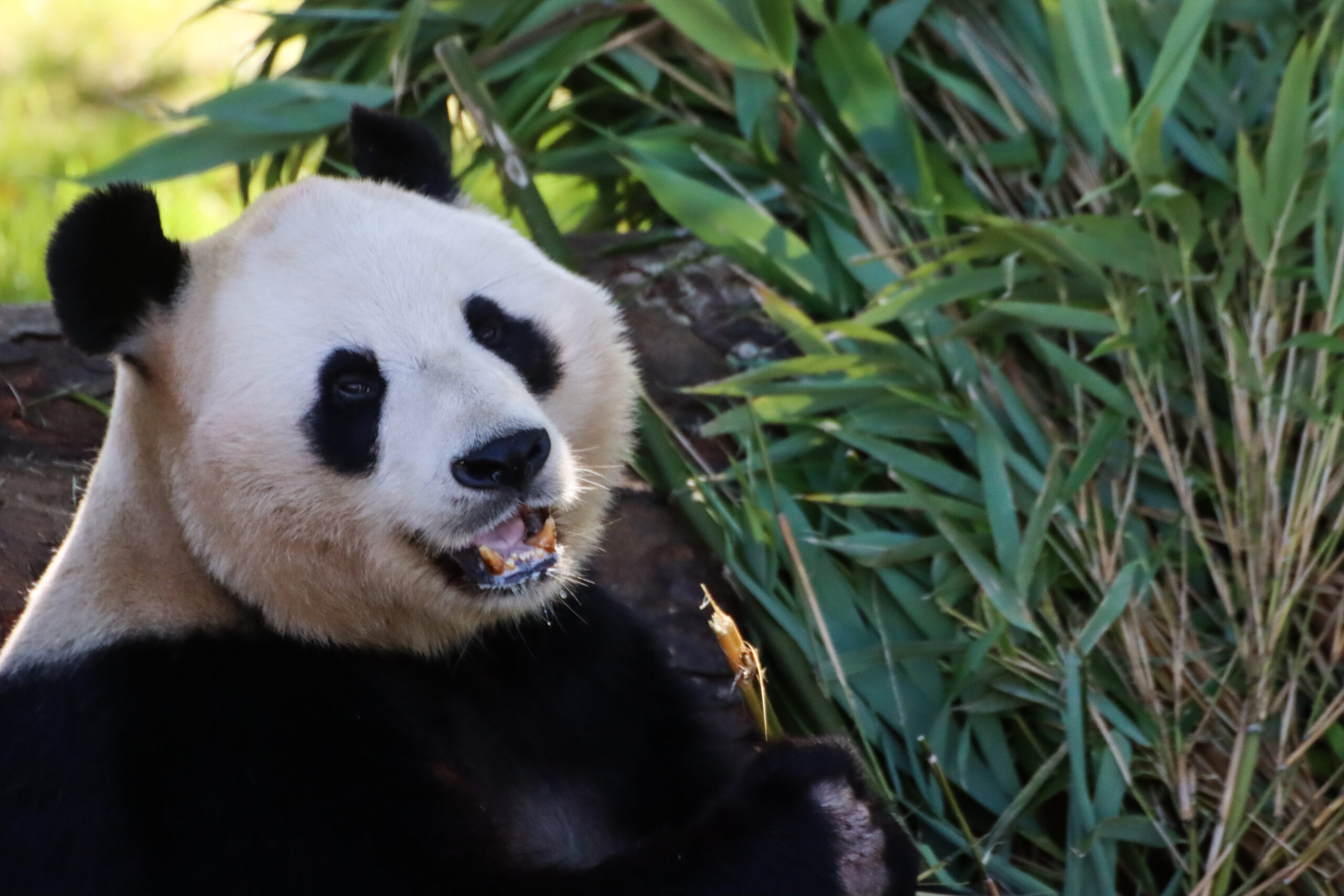One Year of Panda Magic in Scotland
Iain Valentine, Director of Research & Conservation at Edinburgh Zoo, looks back to Tian Tian & Yang Guang’s first year in Scotland. The panda pair arrived in Edinburgh on December 4, 2011.
Well it is one year on and what a year it has been. Tian Tian (Sweetie) and Yang Guang (Sunshine) flew into Edinburgh Airport almost 12 months ago to the day. It was a Sunday, and a very cold and snowy Scottish winter day at that.
Together with my colleague Darren McGarry, head of animals at Edinburgh Zoo, I had the great honour of travelling over with the two giant pandas from their existing home at the Bifengxia base in China to their new Scottish home; the best deal all round, as I realised when I stepped off the aeroplane into the blasts of icy weather on the runway where dignitaries from Scotland, the UK and China were waiting to greet us, alongside the world’s media.
It is amazing to think that more than 3.8 billion people worldwide saw, heard or read about Edinburgh Zoo’s giant pandas, and thus had the opportunity to learn about the global conservation effort for this species. It is also wonderful that we reached so many. The pandas have since been visited by more than half a million people – that’s over half a million people that we have educated about giant pandas, a figure that includes royalty, political figures from many countries, and even the odd Hollywood celebrity too.
Before the fanfare of their arrival, negotiations had been ongoing for many years – five to be exact – to bring these beautiful animals to Scotland. Political and diplomatic negotiations of the highest level, I am proud to say, were spearheaded by the Royal Zoological Society of Scotland (RZSS), the organisation of which I am director of research and conservation. I, and my many colleagues, am honoured that we were chosen to take care of and to develop knowledge regarding giant pandas – the first of these species in the UK for almost 20 years.
Although it is only relatively recently that the giant pandas arrived at Edinburgh Zoo, through our panda research so far, RZSS has already been able to increase knowledge of panda nutrition and other important aspects of panda biology. We have also added huge amounts to our own knowledge about the science behind panda breeding. Going forward, one of our key areas of research will be in male panda breeding. Much is known now about the females, but relatively little research has been done on males. Pandas are seasonal breeders and so there are many key chemicals and events which interact to stimulate pandas to breed.
From the end of January onwards, we will, as well as monitoring hormones in Tian Tian, also be monitoring hormones in our male, Yang Guang.
On top of this, we have aided the conservation of giant pandas with our protection payment to China being directly invested in restoring the Wolong panda base after the devastating earthquake four and a half years ago that destroyed the base and led to the loss of a few of the precious animals.
As well as benefiting panda conservation by providing access to a greater number of experts around the world, the population of pandas being held in zoos also provides another important safety net within the overall population of pandas in the event of another natural disaster hitting Sichuan. It has been altogether a year like no other, welcoming giant pandas to our animal collection, experiencing their very first breeding season and getting to know them as individual animals, has really been a unique privilege for all involved.
Their first year at their new home has been wonderful in so many different ways and, as with any animal that you haven’t cared for before, we have learnt so much about them. They have entirely different characters and personalities, and we have been able to adapt and tailor how we care for them as they have settled in.
RZSS will continue to build on the successes of the first year. One of our next steps will be to hold a symposium of experts from around the globe to develop our future working partnerships for the next nine years and potentially beyond. RZSS will continue to work as part of one overall global holistic integrated programme of both captive and wild giant panda populations, both interdependent on each other.
Plans are now in place for the 2013 breeding season and preliminary preparations have already begun, although there is never a guarantee of cubs, everything is in place to give the giant pandas the best possible chance of success.
Source: Scotsman.com





